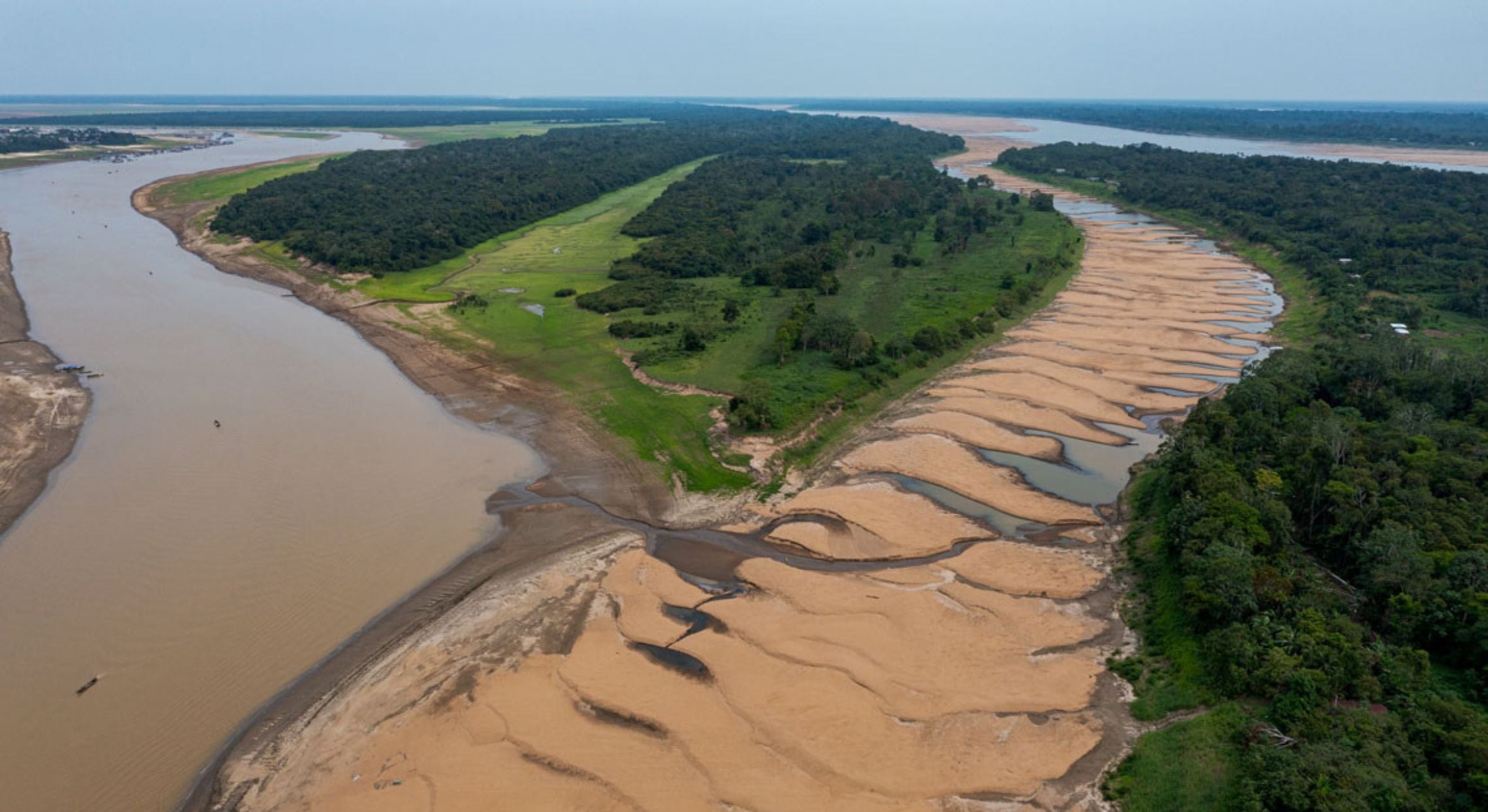What's Current in
Environment + Sustainability
Image
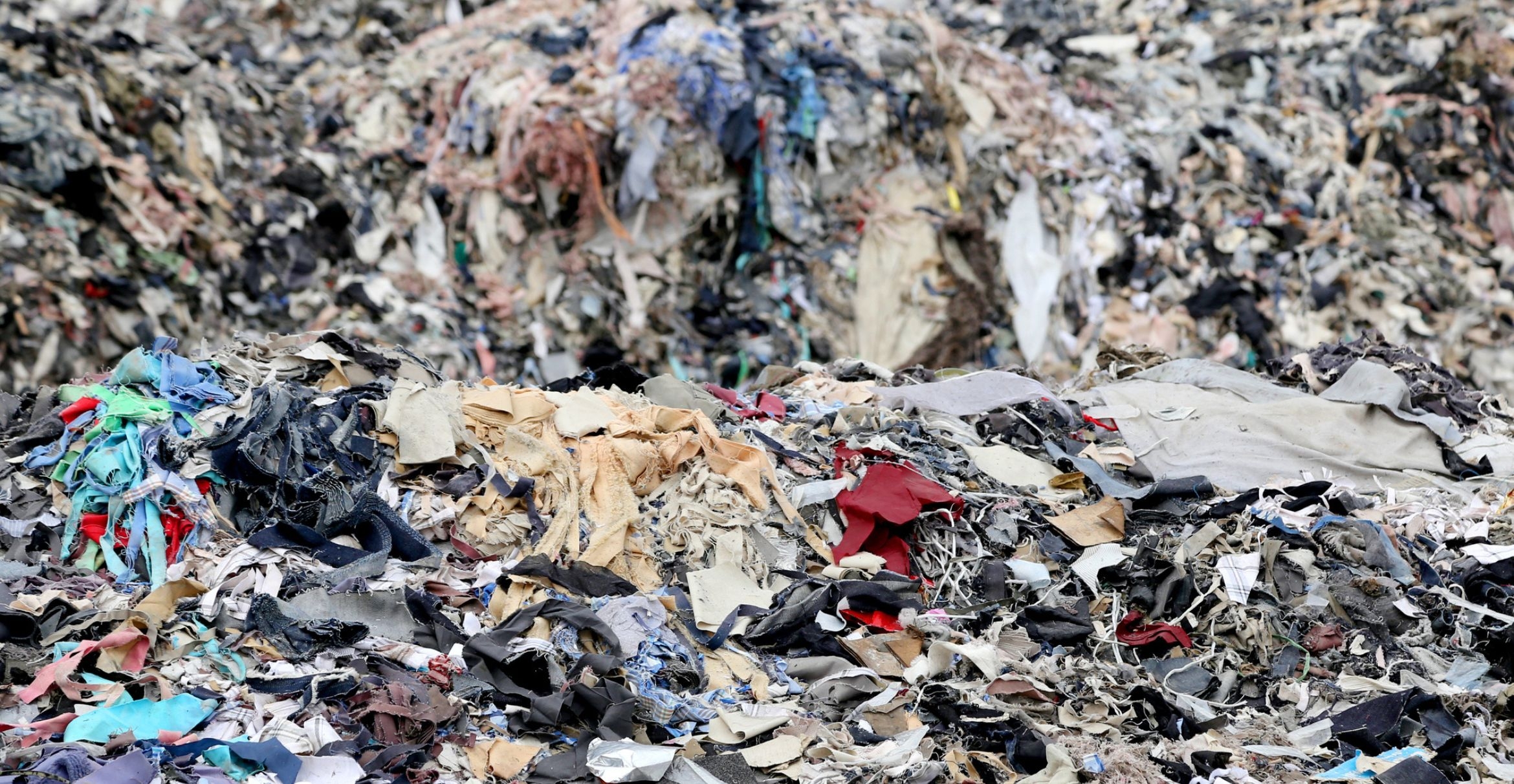
Photo Credit
Bdspn via iStock
Textile waste has become a major source of plastic pollution, with lower-income countries shouldering the brunt of the problem.
Image
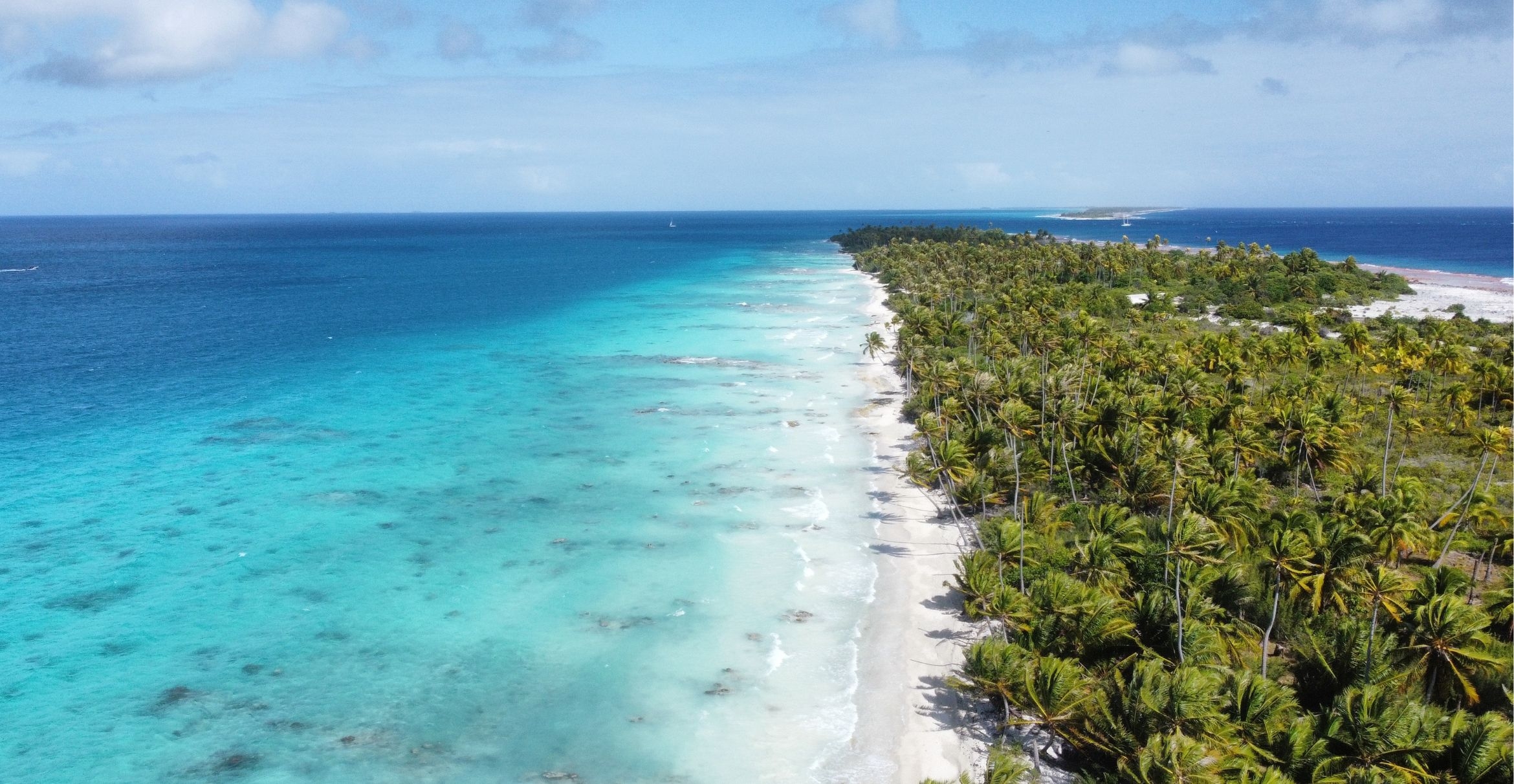
Photo Credit
PeaceMan via iStock
Coconut palms account for more than one third of forested areas on Fakarava Atoll, French Polynesia, which falls far short of the region’s most heavily impacted atolls.
Image
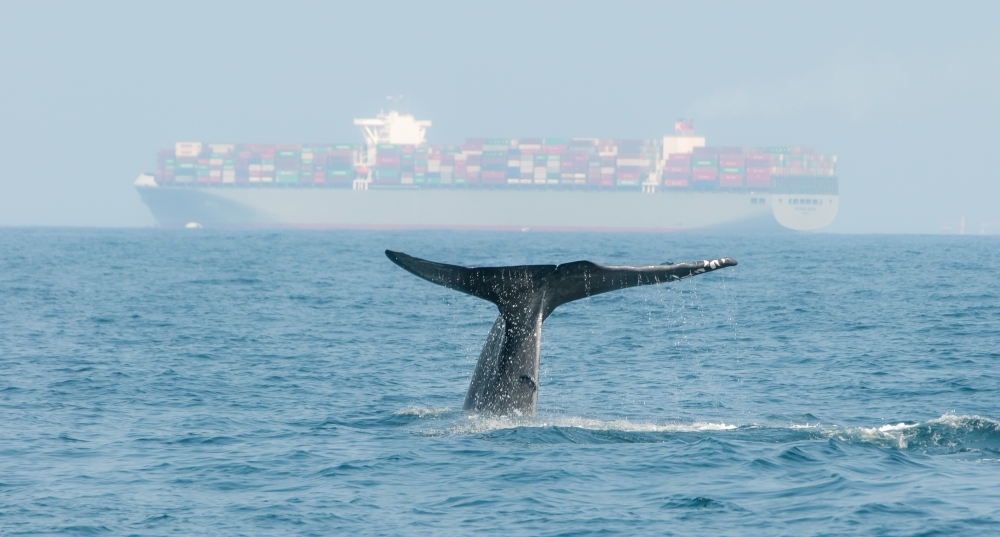
Photo Credit
Courtesy Image
Image
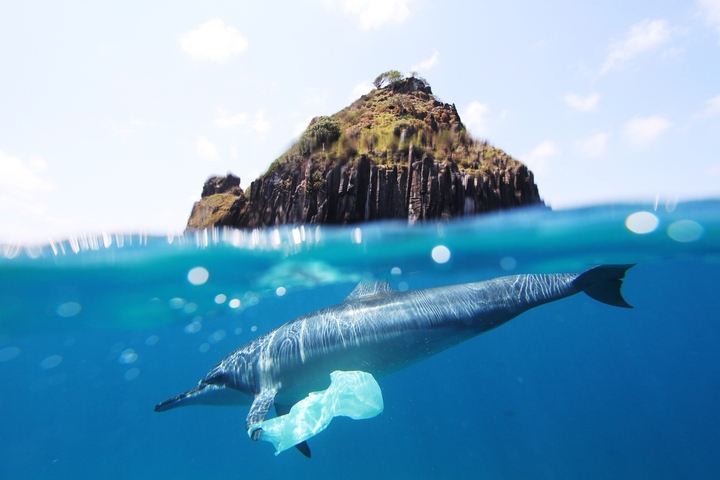
Photo Credit
Joao Vianna/Getty Images
Image
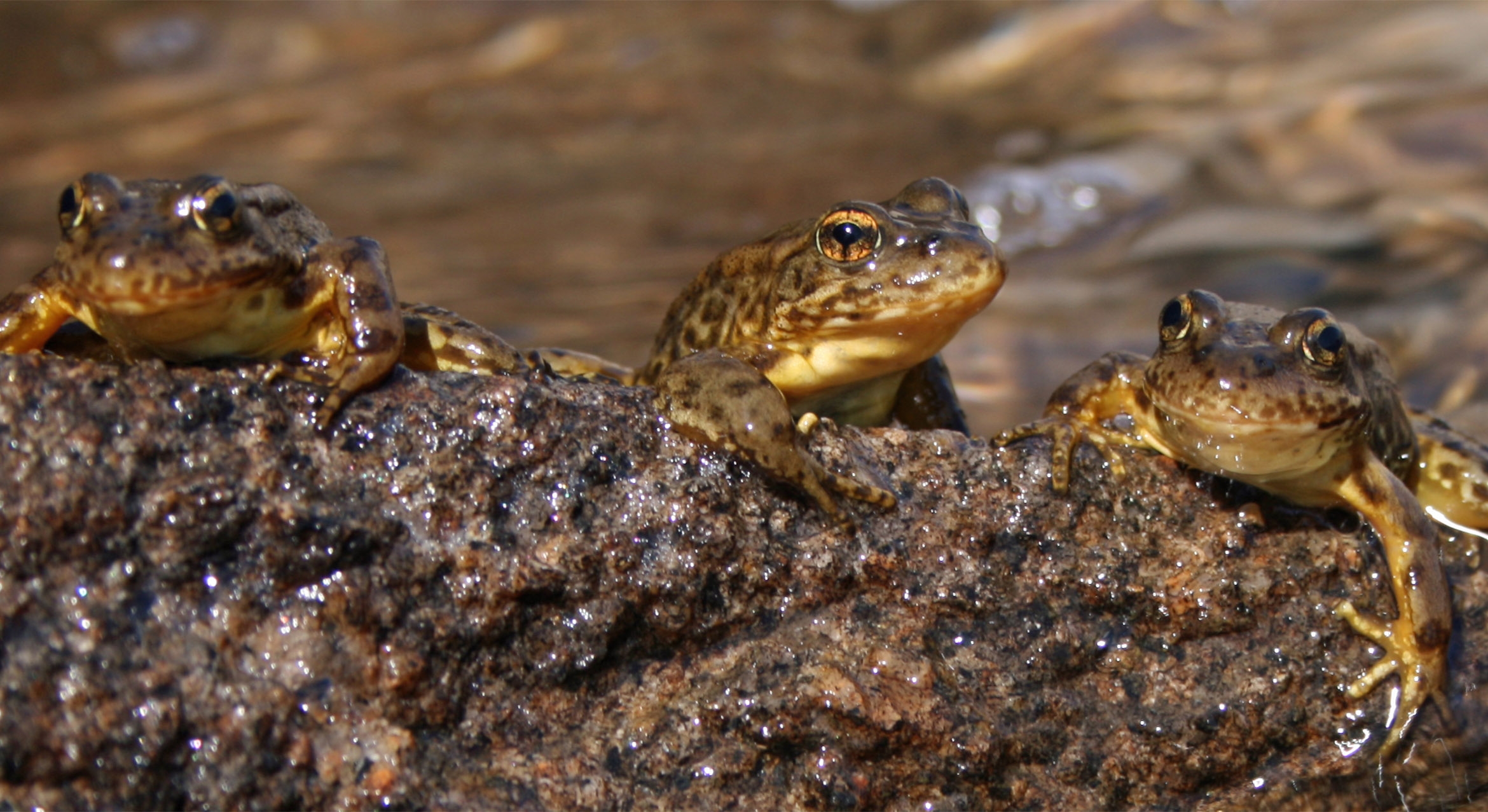
Photo Credit
Roland Knapp
The Sierra Nevada yellow-legged frog is recovering in Yosemite, a beacon of hope for amphibian conservation.
Image
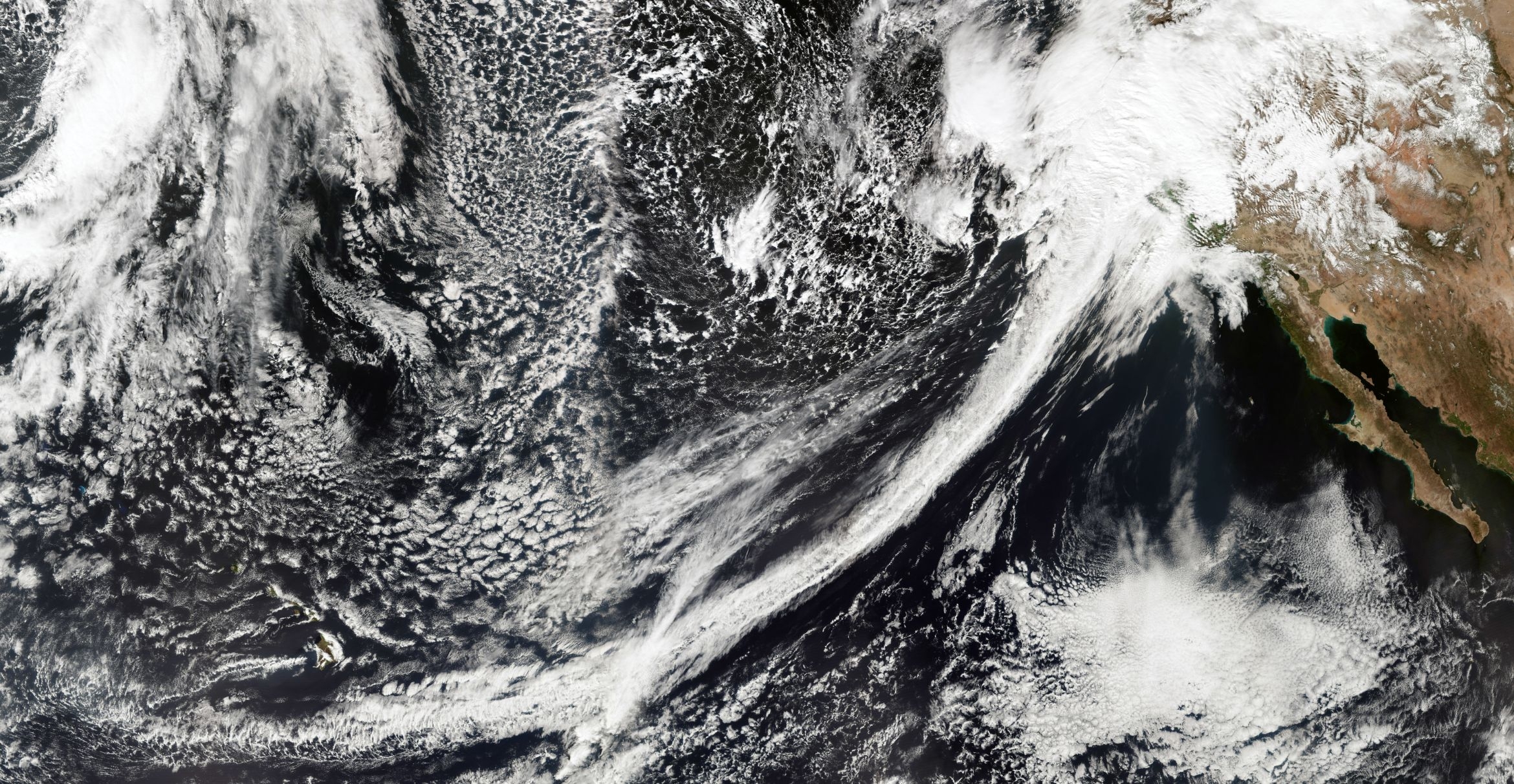
Photo Credit
Stuart Rankin via Flickr (CC BY-NC 2.0)
The Pineapple Express — an atmospheric river originating in the tropical Pacific — walloped western North America in February 2017. These systems are becoming more frequent at higher latitudes, leaving mid latitudes drier.
Image
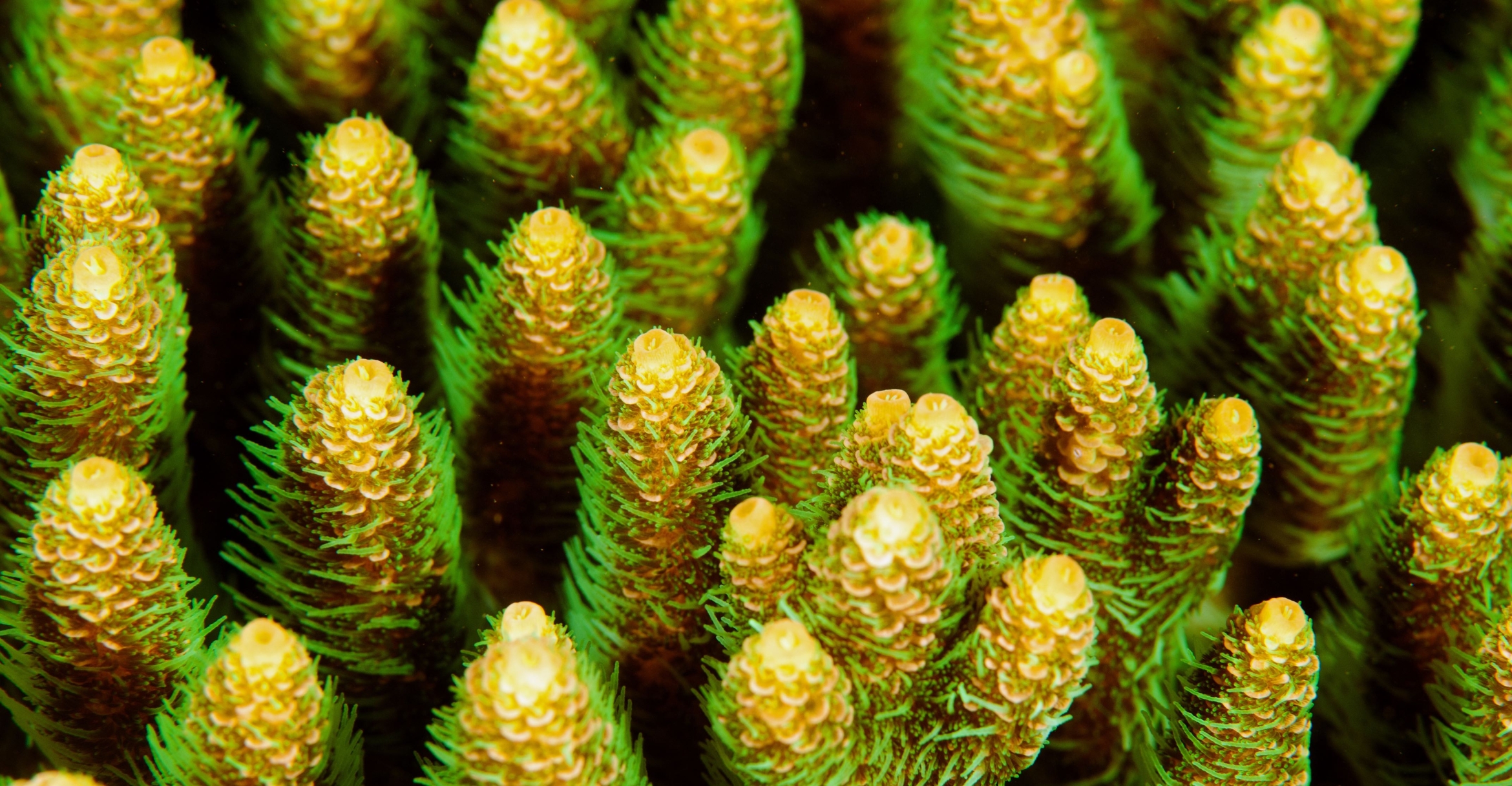
Photo Credit
Anemone via AdobeStock
Coral underpin ecosystems as vibrant as they are. But these iconic animals face many challenges in the 21st century.
